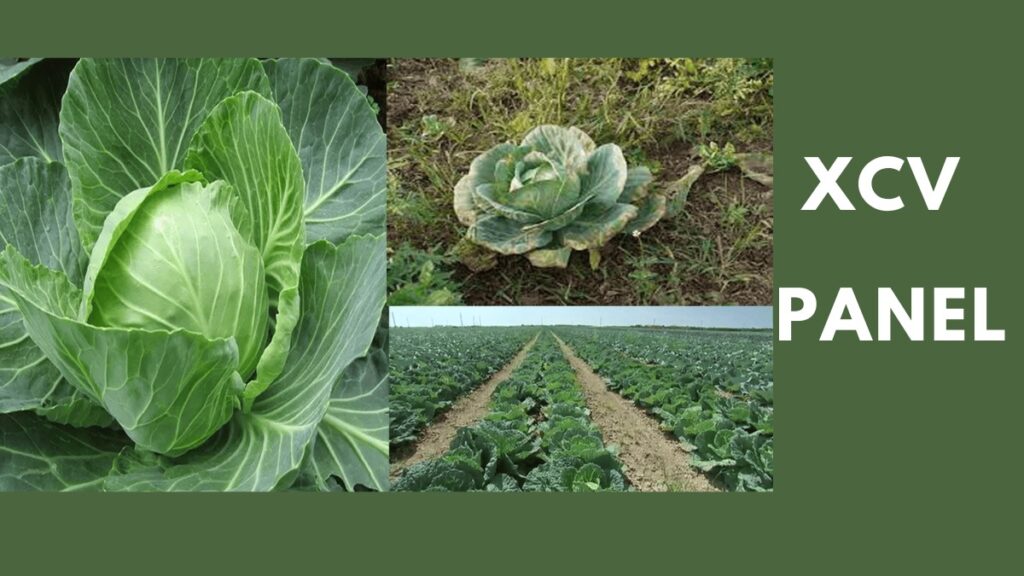Xcv Panel – Xanthomonas campestris pv. vesicatoria (Xcv) is an intriguing mystery in the field of microbiology. This article digs deeply into the nuances of Xcv, investigating its function, impact, and prospective uses.
What is Xanthomonas campestris pv. vesicatoria?
The Gram-negative bacteria Xanthomonas campestris pv. vesicatoria (abbreviated as Xcv) plays an important role in agriculture. It causes bacterial spot, a fatal disease mostly found in plants.
Understanding Bacterial Spot
· The Symptoms
Xcv’s symptoms in plants are one of the first things to notice. Bacterial spot infections typically manifest as tiny, water-soaked sores on leaves, fruits, and stems. These areas may become black and necrotic as the infection worsens.
· Host Range
Xcv can infect a wide variety of plants. Tomatoes, peppers, and other plants in the Solanaceae family are not the only ones it can infect. The large variety of organisms it can infect is a major cause for concern among farmers around the world.
The Molecular Arsenal of Xcv
· Type III Secretion System
The Type III secretion system (T3SS) is an important part of what makes Xcv such a dangerous disease. This complex molecular machinery is used by the bacterium to bypass the host plant’s defenses by injecting effector proteins directly into plant cells.
· Avr Proteins
Xcv has a group of proteins called Avr (avirulence) that can bind to and inhibit other proteins involved in plant defense. The outcome of these interactions depends on the genetic make-up of the plant and can either result in successful infection or the activation of plant defenses.
Management and Control
· Cultural Practices
Farmers use a wide range of ingrained cultural traditions to deal with Xcv. Crop rotation, improved sanitation practices, and the use of disease-resistant seeds and transplants are all examples. The prevalence of germs in the field is diminished thanks to these measures.
· Chemical Control
When the situation is dire, chemical methods of management are required. Although copper-based fungicides have proven efficient in controlling Xcv, their widespread application raises serious environmental concerns and should be approached with caution.
Harnessing Xcv for Research
· Model Organism
Intriguingly, Xcv has been used as a model organism for research into host-pathogen relationships in plants. It’s a great model organism for study because of its compact genome and clear molecular pathways.
· Biotechnological Applications
In addition to its role as a plant pathogen, Xcv may find use in biotechnology. Its potential as a technique for genome editing in plants and for the creation of important proteins is being investigated.
Conclusion
Xcv Panel – The bacterium Xanthomonas campestris pv. vesicatoria (Xcv) is important in agriculture and science because of its complexity and adaptability. It is critical for farmers and scientists to learn more about its molecular tactics, host relationships, and management strategies.
FAQs
Is Xcv a threat to all plants?
Xcv primarily infects plants in the Solanaceae family, including tomatoes and peppers, but it can potentially affect other crops as well.
How does Xcv infect plants?
Xcv uses a Type III secretion system to inject effector proteins into plant cells, weakening the host’s defenses.
What are Avr proteins in Xcv?
Avr (avirulence) proteins in Xcv interact with specific plant resistance proteins and play a crucial role in determining the outcome of the infection.
Are there environmentally friendly methods to control Xcv?
Cultural practices like crop rotation and sanitation are eco-friendly ways to manage Xcv, reducing the need for chemical control.
What makes Xcv a model organism for research?
Xcv panel well-defined molecular mechanisms and small genome make it an ideal model organism for studying plant-pathogen interactions and biotechnological application







